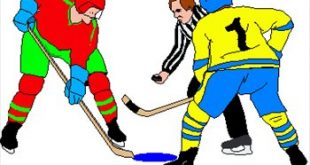The Quincy Mine hoist draws many eyes to the top of Quincy Hill. But a new art installation will bring eyes to the other side of US-41. Yesterday the Keweenaw National Historical Park, the Park Advisory Commission, and artist Kasey Koski unveiled four new statues highlighting the Quincy Dryhouse Ruins.
And I think because art tends to tap into those intangible things about being human, art has a unique way of appealing to the humanness of every visitor, helping us see ourselves on the landscape. – Wyndeth Davis, Superintendent, Keweenaw National Historical Park
The project was funded by the National Park’s Advisory Commission. Executive Director Sean Gohman says that close to four years ago he and park Superintendent Wyndeth Davis sat down to determine ways to bring the area’s history to life through its people. Gohman says that even though the commission received several incredible ideas for the installation. The story Koski wanted to tell fit perfectly with the vision the park had.
It repopulated the landscape with these figures. But beyond that, it also offered something more than the work, the worker on the landscape. The woman and child figure especially shows that the landscape that we’re standing on today wasn’t just a place of work, it was also a place of life. There are five housing foundations located just feet from the dry house behind me where the workers cleaned up before and after their shift. – Sean Gohman, Executive Director, Keweenaw National Historical Park Advisory Commission
The four statues show a mother and child waiting for a miner to return home; memorializing three Italian brothers who worked at the Quincy mine. Depicts a miner waving hello to passers-by, and shows another miner washing up to return home from work.
There was one particular family group that I identified, three Italian brothers that came here. Two of them perished in separate incidents underground, at different locations in the mine, at different levels. And there was a third sibling. And he did not pass in a mining accident. And so it always made me wonder if he made it back to Italy to mourn with his parents and the rest of their family. And so that particular sculpture that had a specific inspiration, but I had no photographs of the men. That’s more of a general idea of the miners and has many of the details from their lanterns to the lunch boxes they carried. – Kasey Koski, Commissioned Artist
Those interested in viewing some photos of the installation can find some posted below. Learn more about the Keweenaw National Historical Park commissioned artist program here.





 Keweenaw Report Your Source for Local News and Sports
Keweenaw Report Your Source for Local News and Sports





